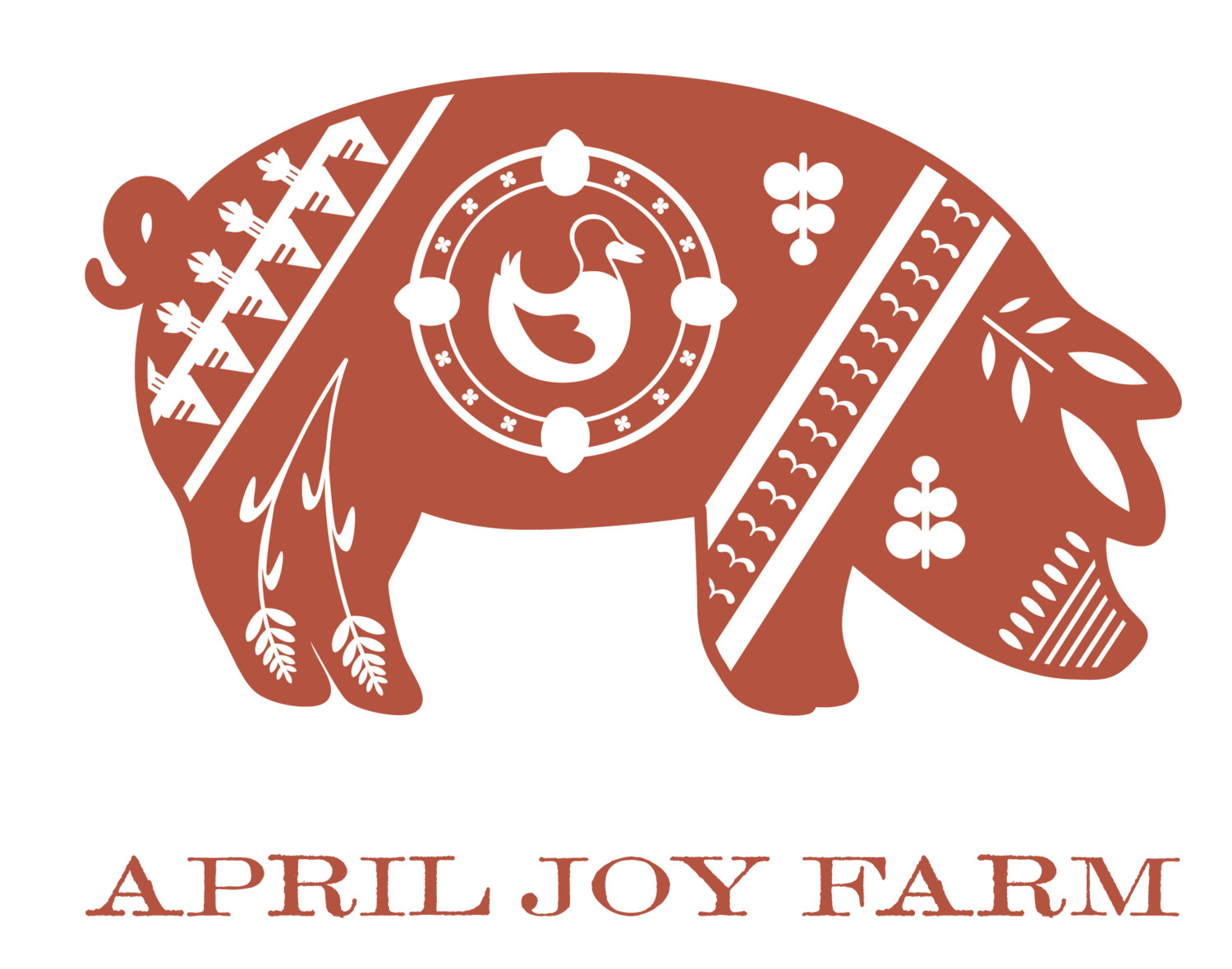Nourishing Bites | Stacking Benefits Part II
Power in Community | Yarrow is a bloom comprised of many blooms. It reminds me that when we each do our part, big bold change is possible.
Stacking Benefits | Blooming Mullein attracts pollinators to our fields while providing serious beauty that’s good for the soul.
Janine Benyus is a biologist who has written extensively about biomimicry. She defines biomimicry as the “conscious emulation of life’s genius.” The Biomimcry Toolbox further elaborates:
“Conscious”: being intentional
“Emulation”: learning from living things, then applying those insights to the challenges humans want to solve
“Life’s genius”: recognizing that life has arrived at well-adapted solutions that have stood the test of time, within the constraints of a planet with finite resources
As a farmer, my interest in stacking benefits is one example of utilizing the immensity of “Life’s genius” to restore and repair the health and well being of our community. I see how each element of the farm is inextricably and fantastically tied to the success of the system. A flower bloom, for example, can provide enticing aromas, healing medicine and food, nourishment and shelter for pollinators, joy and happiness for humans, and of course, let’s not forget that blooms are the place where seeds and new life begin again!
I want our Farm to Heart Intiative to be as beneficial as that blooming flower. So I like to take a page from Nature and keep on stacking up as many benefits as possible. To that end, I’m grateful to be surrounded by like minded souls. For instance, Fruit Valley Family Resource Center Director Staci Boehlke.
Staci first enumerated for all of us that one of the major benefits of our Farm to Heart project is food confidence. To us, this means that even if you haven’t tried something or don’t even know what it is, you have the confidence to taste it, think about how to use it, and then go experiment in ways that bring you increased knowledge, skill, and hopefully delicious happiness! A big part of this confidence comes from having a community around you that supports your willingness to try, and celebrates your efforts.
To compliment our Farm to Heart Initiative, Staci created and taught after school cooking classes last spring for elementary school kids-- some of whom are members of our CSA program. It was so awesome this summer to see these food confident learners cruising the CSA extras table, thinking about what to cook.
And if they do have questions, or seem unsure about something, there are at least four of us Farm to Heart team members (A teacher! A chef! A farmer! A parent!) waiting nearby to infuse our love of good food and provide creative suggestions for easy kitchen inspiration. Thanks to Staci and our CSA program, these are kids who will easily navigate any farmers market in their future.
Without a swiss chard or fennel or kohlrabi ambassador, we all stick to safe and reliable choices- i.e. what we know how to cook and what our family will eat. We all need encouragement and motivation in order to learn how to nourish ourselves.
Delicious, simple recipes and the accompanying stories shared by enthusiastic, passionate, and knowledgeable friends like Chef Miguel and Ms. Staci is hands down a winning approach.
But wait… that’s not all the benefits!
There is a market farmer’s saying about how to set up market displays. Pile ‘em high and watch ‘em fly. The bigger, brighter, more abundant the display, the more customers a stand attracts. Abundance is instinctually something to which we humans are drawn.
So when our Farm to Heart surplus table is piled high with beautiful, bright, colorful colors and textures, it’s like a beacon of curiosity spreads in every direction. Neighborhood residents and passerbyers are drawn in, asking questions about what’s happening and how they can participate. It feels good beyond measure that we can send all who stop by on their way with something nutritious and fresh and truly grown with love.
Can you see how just a few simple changes (donated funds to purchase farm surplus, access to cooking classes, a talented chef) result in a whole plethora of positive outcomes? We’re talking benefit after benefit piled up as high as the produce on the most abundant farm stand table you can imagine!
It’s such a joy for me to stand back and watch the circle of connections grow stronger each week.
It makes me happy to see Chef Miguel’s face light up as he explains how to prepare eggplant parmesan. As he talks, I love watching the third grader standing at his mom’s side, listening intently and then reaching out to touch, hold, and think about what an eggplant is and how he might be able to cook it, and how it might taste… all for the first time in his life.
When you stop to think about it, these everyday, ordinary seeming moments are actually extraordinary. It’s not just about a recipe here or a fun food fact there. Collectively, we are laying the groundwork for all future land and food stewards in our midst. These ‘ordinary’ moments are the genesis of lifelong associations with farms and farmers, with food and chefs, with cooking, and with a caring community. These moments mark a new beginning of how our families see themselves and their place in our world.
And that’s the magic of stacking benefits. They aren’t a single bloom… but rather a blooming field of hope, nourishment, and possibility. ~AJ
***
Many of you have asked about contributing to our Farm to Heart Initiative. Contributions are gratefully accepted, 100% of the funds are used to provide CSA shares. Checks can be sent to April Joy Farm PO Box 973 Ridgefield, WA. 98642. (Please write Farm to Heart Initiative on the subject line.) You can also contribute online.
Calendula at AJF | A medicinal plant used for centuries to heal wounds. Photo Credit: Zorah Oppenheimer



